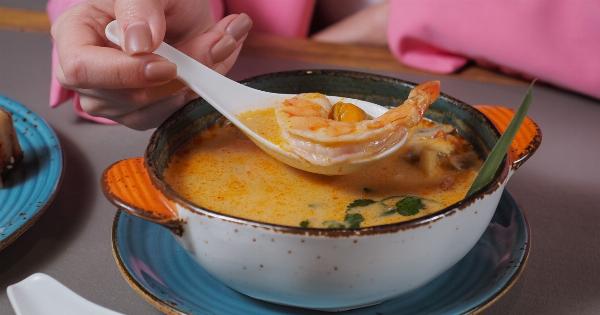Cuisine is a reflection of the culture and environment in which it originates. It represents the traditions, flavors, and ingredients that have evolved over centuries, influenced by the geography, climate, and agricultural practices of a region.
One often underappreciated aspect of cuisine is how it exposes the fecundity of the land, showcasing the bountiful produce and resources available in a particular area.
1. Celebrating Local Ingredients
Every cuisine celebrates local ingredients that thrive in the land’s unique conditions. From vibrant fruits and vegetables to succulent meats and seafood, a region’s cuisine reflects the abundance of its surroundings.
For example, in Mediterranean cuisine, fresh olive oil, sun-ripened tomatoes, and fragrant herbs play a prominent role, emphasizing the fertile land and favorable climate of the region.
2. Farm-to-Table Philosophy
The farm-to-table philosophy has gained significant popularity in recent years, highlighting the importance of sourcing ingredients locally and supporting local farmers.
By embracing this philosophy, chefs and restaurateurs acknowledge the connection between cuisine and the fecundity of the land. They prioritize using fresh, seasonal produce, thereby reducing the carbon footprint associated with long-distance transportation and ensuring the ingredients are at their peak flavor.
3. Biodiversity in Gastronomy
Gastronomy encompasses not only taste and flavor but also biodiversity. The fecundity of the land is closely tied to the diverse range of ingredients available.
Many traditional cuisines excel in utilizing a wide variety of local ingredients, from grains and legumes to exotic spices and herbs. For instance, Indian cuisine is renowned for its extensive use of spices, reflecting the rich biodiversity of the Indian subcontinent.
4. Indigenous Techniques
Indigenous communities have long relied on their land’s fecundity to create unique culinary traditions. Ancient techniques, such as fermenting, smoking, and drying, have been developed to preserve food and enhance flavors.
These techniques not only showcase the ingenuity of these communities but also allow them to make the most of their natural resources.
5. Sustainable Agriculture
The interconnectedness between cuisine and the fecundity of the land extends to sustainable agriculture practices. Sustainable farming methods prioritize the health of the soil, water conservation, and the wellbeing of the ecosystem.
By supporting and promoting sustainable agriculture, cuisine becomes a powerful tool in preserving the land’s fecundity for generations to come.
6. Cultural Relevance
Cuisine holds immense cultural relevance, often embodying a community’s identity and heritage. Through its connection with the fecundity of the land, cuisine becomes a medium for preserving cultural traditions and transmitting ancestral knowledge.
Certain dishes and cooking techniques become symbols of a region’s history and serve as a bridge between generations.
7. Traditional Food Festivals
Food festivals provide a platform for showcasing the fecundity of the land and the diverse culinary traditions associated with it.
These festivals celebrate local ingredients, cooking techniques, and traditional recipes, attracting visitors from far and wide. Moreover, such events bolster local economies and promote sustainable tourism, allowing people to experience the relationship between cuisine and the fecundity of the land firsthand.
8. Seasonal Menus
Many restaurants now embrace seasonal menus, offering dishes that highlight the freshest and most flavorful ingredients available during specific times of the year.
These menus not only satisfy culinary enthusiasts but also emphasize the bond between cuisine and the fecundity of the land. By adjusting their offerings based on what nature provides, chefs pay homage to the cycles of growth and harvest.
9. Fusion of Flavors
The fecundity of the land inspires culinary creativity and often leads to the fusion of flavors. When different ingredients from diverse regions come together, they create unique dishes that showcase the agricultural abundance of each area.
Fusion cuisine celebrates the harmony between culinary traditions and highlights the culinary potential of different landscapes and ecosystems.
10. Sustainable Seafood
Seafood cuisine provides another lens through which the fecundity of the land manifests. Sustainable fishing practices are vital for preserving marine ecosystems and ensuring the long-term availability of seafood.
Promoting responsible fishing techniques and supporting sustainable seafood restaurants allows us to appreciate the wealth of the oceans while safeguarding their delicate balance.
When exploring cuisine, it is essential to recognize the profound connection it shares with the fecundity of the land.
From celebrating local ingredients and embracing sustainable agriculture to preserving cultural traditions and promoting biodiversity, cuisine serves as a gateway to understanding and appreciating the diverse and plentiful resources our planet provides.































